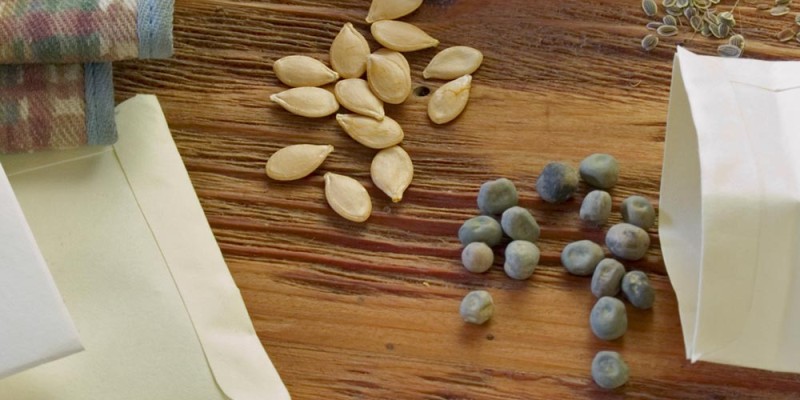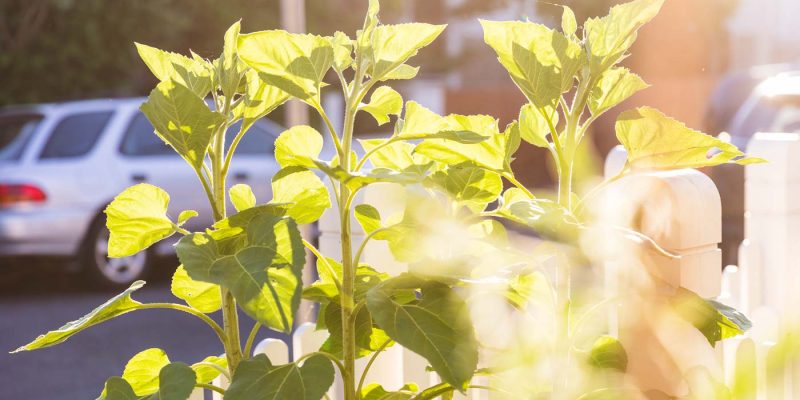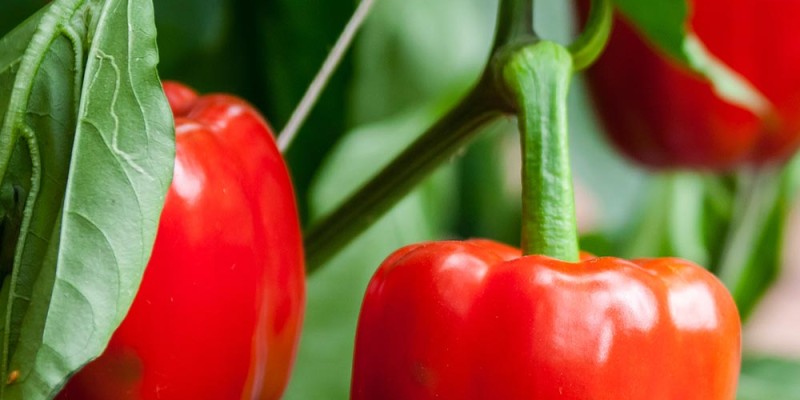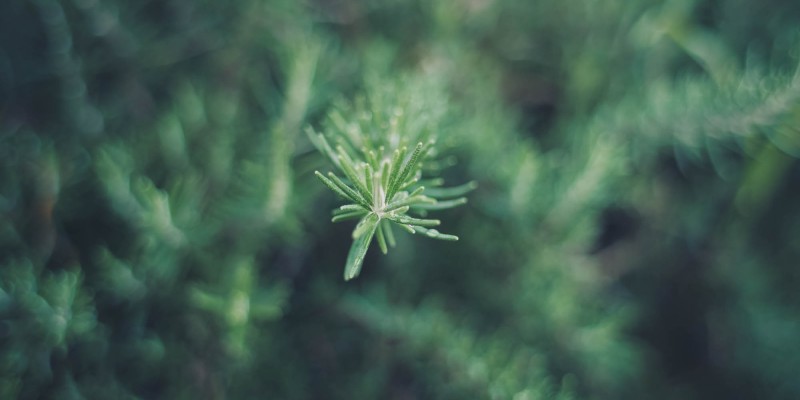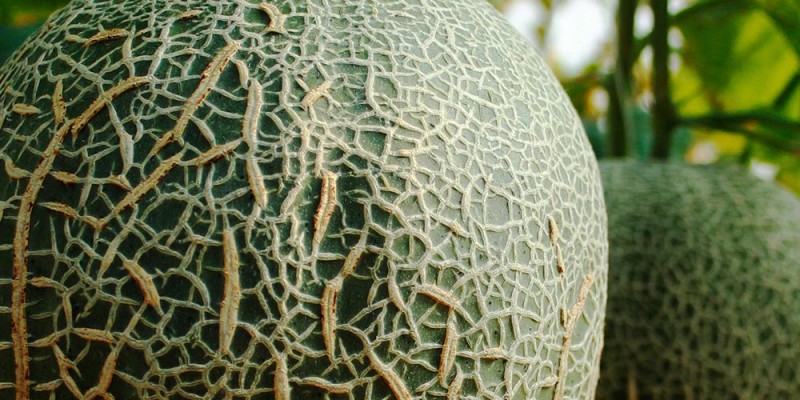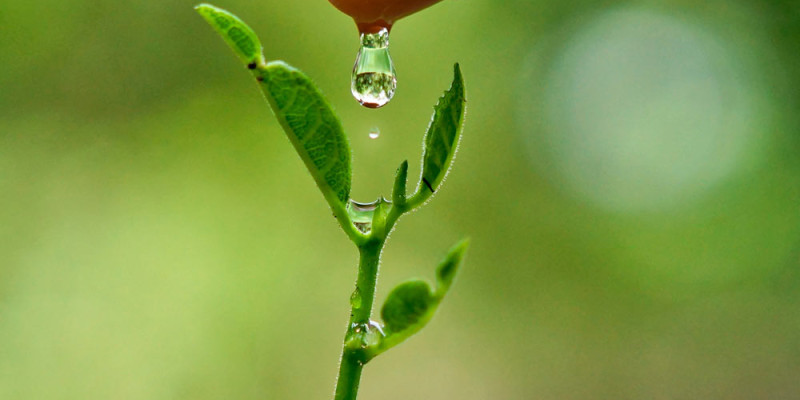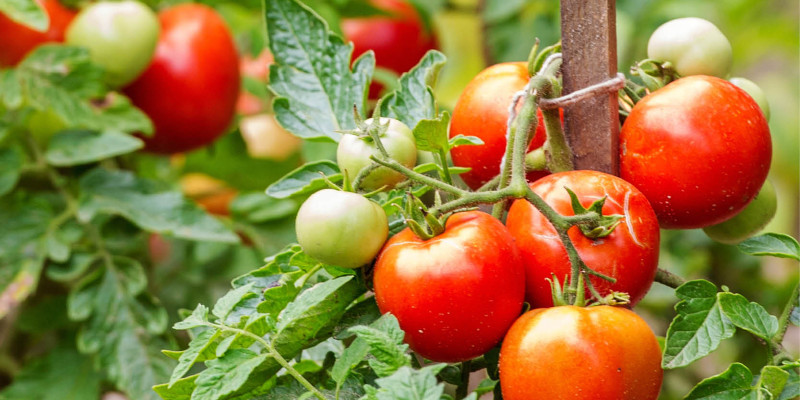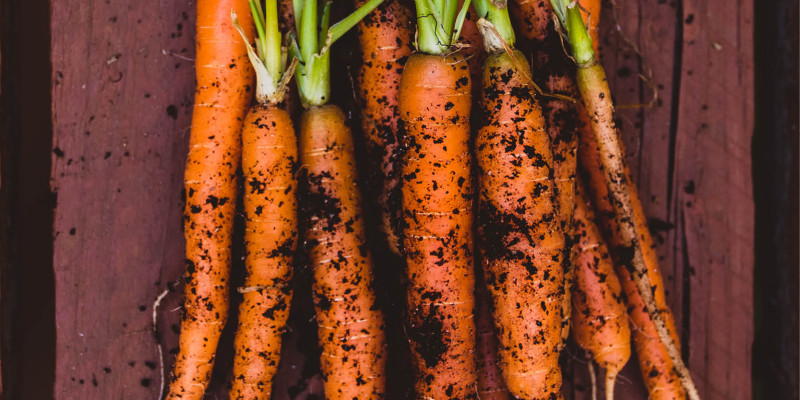Tomatoes are one of the most popular garden plants. In the past two videos in this year’s tomato series I have spoken about getting them started in the house, planting them in the garden and how to fertilize them with free and local resources. Today I will go through pruning and disease prevention.
What is the difference between a pruned and unpruned tomato plant?
Generally speaking tomato plants should produce the same amount of fruit per plant pruned or unpruned. The only real difference is if you leave your plant unpruned it will need a lot more space to spread out above the ground. In my garden this takes up valuable real-estate.
By pruning you are able to reduction of the size of the plant above the ground allowing you to plant more tomatoes in the same area, harvest larger crops, clone new tomato plants and prevent diseases such as blight.
What is the difference between an determinant and indeterminate tomato plant?
Before you go out and prune all of your tomatoes it is important to know what types of plants need pruning. Determinant tomatoes grow to a certain size and produce fruit all at once. Once completed the plant usually dies. As such these varieties do not need pruning and can actually do more harm than good.
Indeterminate tomatoes will continue to grow and produce fruit as long as conditions are favourable. This growth strategy can be enhanced if growing in small space gardens with some simple pruning.
You can usually find out if you have a determinant or indeterminant by looking on the back of the seed package, plant tag or a quick google search.
How to support your tomato plants
As my indeterminate tomatoes will grow most of the season I have supported them with this electrical conduit trellis. A link to the video where I show building it can be found in the description below along with any of the other related videos.
I simply weave the vine between the tomato netting and when I can’t I use reusable Velcro tape. This should be more than enough support even when the plant is fully loaded with fruit.
What is a tomato sucker?
Now that we know what kind of tomatoes need a little more attention let’s take a look at what and where to prune.
Essentially it is recommended to prune suckers. Suckers can be found at the junction of the branch below flower clusters. If left alone suckers will develop and produce fruit and suckers of their own essentially adding another full plant on the parent plant.
How to prune a tomato sucker.
When pruning simply use sharp clippers and get as close to the junction as possible. It is easier to keep on top of pruning your tomatoes if you spend a few minutes each week. Removing the suckers while they are small leaves a smaller wound and stresses the plant less.
How to clone tomatoes
So once you have pruned the suckers what do you do with the suckers you have removed.
If they are large enough you can plant them in soil removing any leaves that will be under the surface and they should root if kept moist producing a clone of the parent plant.
I don’t usually do this in my grown zone as the season is too short and the new plant may not have enough time to come to maturity and produce.
I have done this in the past when I was lucky enough to find a plant that before I brought them out for the season had already suckered.
Preventing diseases like blight in tomatoes.
What are some of the other benefits of pruning your tomatoes? Pruning will help prevent diseases.
Diseases like blight commonly infect tomato plants. The term blight refers to the symptom not necessarily the cause however in tomatoes it is usually a fungal infection. [1]
Optimal conditions for fungal growth on a plant are a humid and shady location. By removing the additional plant mass through pruning you get increased airflow and sunlight that help to prevent infection.
Other methods to help prevent infection
Other ways you can reduce the chances of infection is If you pruning the lower leaves up to 30cm or 12 inches from the ground and mulching the soil around the plant.
Blight spores often come from the soil below the plant. When you prune the lower leaves you help reduce the spores ability to splash onto the plant when it rains or you water your garden with the hose.
I also remove any leaves that look like they may be infected. This helps prevent the spread of any infection to healthy parts of the plant.
Why do you top tomatoes?
Now that we have pruned the plant and talked about disease prevention it is time to top the tomato plant.
Topping the plant will prevent further growth helping the plant to focus on the tomatoes it has. I usually do this when the plant reaches a comfortable height for me to manage. If you have a longer growing season you can continue to train the tomato say horizontally across the top of the trellis.
How to ripen tomatoes faster on the vine.
Pruning your indeterminate tomatoes allows you to grow more and prevent diseases but that’s not all.
According to Oregon state university the pruning of suckers also speeds up the ripening of fruit. [2] In most northern growing zones the faster things ripen the better! Even if you are in southern areas getting that first ripe tomato is often quite the reward!
Why I prune my tomatoes
Pruning tomatoes is an effective strategy for growing more food in small spaces. As I mentioned earlier each individual tomato plant generally will produce the same amount of fruit regardless if it is pruned or unpruned. That said a pruned plant can be planted in 30cm square or a square foot where as an unpruned should really be separated by 2-3x the distance.
By taking advantage of this method you can plant more tomatoes in the same square area increasing the production per square foot of garden.
In summary this method is optional however in a bio-intense small space garden like mine it is well worth the investment in time and effort to help prevent disease, produce more per square foot and provide crops just a little earlier in the season.
On the next tomato series video I am going to investigate blossom end rot and the cures that people have suggested to see if they are supported or not.
References:
[1] https://en.wikipedia.org/wiki/Blight
[2] http://horticulture.oregonstate.edu/content/tomato-yield-and-quality-affected-pruning-method-1978
[3] https://extension.umd.edu/growit/vegetable-profiles-tomatoes
[4] http://www.finegardening.com/pruning-tomatoes
Related Videos:
How to Build and Electrical Conduit Trellis:
Starting Tomato Seedlings – Getting a head start on your Heirloom Open Pollinated Seedlings
How to Grow Large Crops of Tomatoes Using Free Fertilizers:
